Overview
In today's competitive landscape, developing an effective outbound sales strategy is crucial for small business owners. This article outlines six essential steps that can truly make a difference:
- Understanding outbound sales fundamentals
- Identifying challenges
- Defining target customer profiles
- Creating tailored outreach plans
- Leveraging technology
- Monitoring sales performance metrics
Each step is designed with your needs in mind, offering practical insights and techniques that enhance engagement and efficiency.
We understand the challenges you face, and by following these steps, you can effectively connect with potential clients and improve your sales outcomes. For instance, when you define your target customer profiles, you not only clarify who your ideal clients are but also tailor your messaging to resonate with them. This empathetic approach ensures that your outreach feels personal and relevant.
Creating tailored outreach plans is another vital step. Think about how you can engage your audience in a way that feels genuine. By leveraging technology, you can streamline your efforts and focus on what truly matters: building relationships. Monitoring your sales performance metrics will empower you to make informed decisions, adjusting your strategies as needed to ensure continued growth.
Together, we can achieve success in your outbound sales efforts. Remember, each step is an opportunity to connect more deeply with your audience and foster lasting relationships. Let's take these steps together, enhancing your sales strategy and ultimately achieving your goals.
Introduction
Outbound sales represents a dynamic approach that not only requires a strategic mindset but also a deep understanding of the market landscape. As businesses increasingly recognize the potential of proactive outreach, mastering the nuances of an effective outbound sales strategy becomes essential for success. Yet, we understand that this journey is often fraught with challenges, from managing rejection to identifying high-quality leads.
How can sales professionals navigate these complexities and create a robust strategy that not only reaches but resonates with potential clients? This guide delves into the critical steps necessary to build an effective outbound sales strategy, empowering you to enhance your outreach efforts and achieve tangible results together.
Understand Outbound Sales Fundamentals
Outbound efforts involve actively reaching out to rather than waiting for them to come to you. This approach often includes , emailing, and networking, all aimed at . Let’s explore some key components that can help you succeed:
- : It’s essential to clearly articulate what makes your product or service unique and beneficial to your customers. Think about how you can express this in a way that resonates with their needs.
- : Understanding the phases of the sales process, from awareness to decision-making, is crucial. This knowledge allows you to guide your prospects more effectively.
- : Learning how to engage prospects through personalized communication can make a significant difference. Consider how a tailored message can speak directly to their concerns and interests.
By mastering these fundamentals, you can lay a strong foundation for your . Remember, we understand your challenges, and together we can achieve success in reaching your goals.
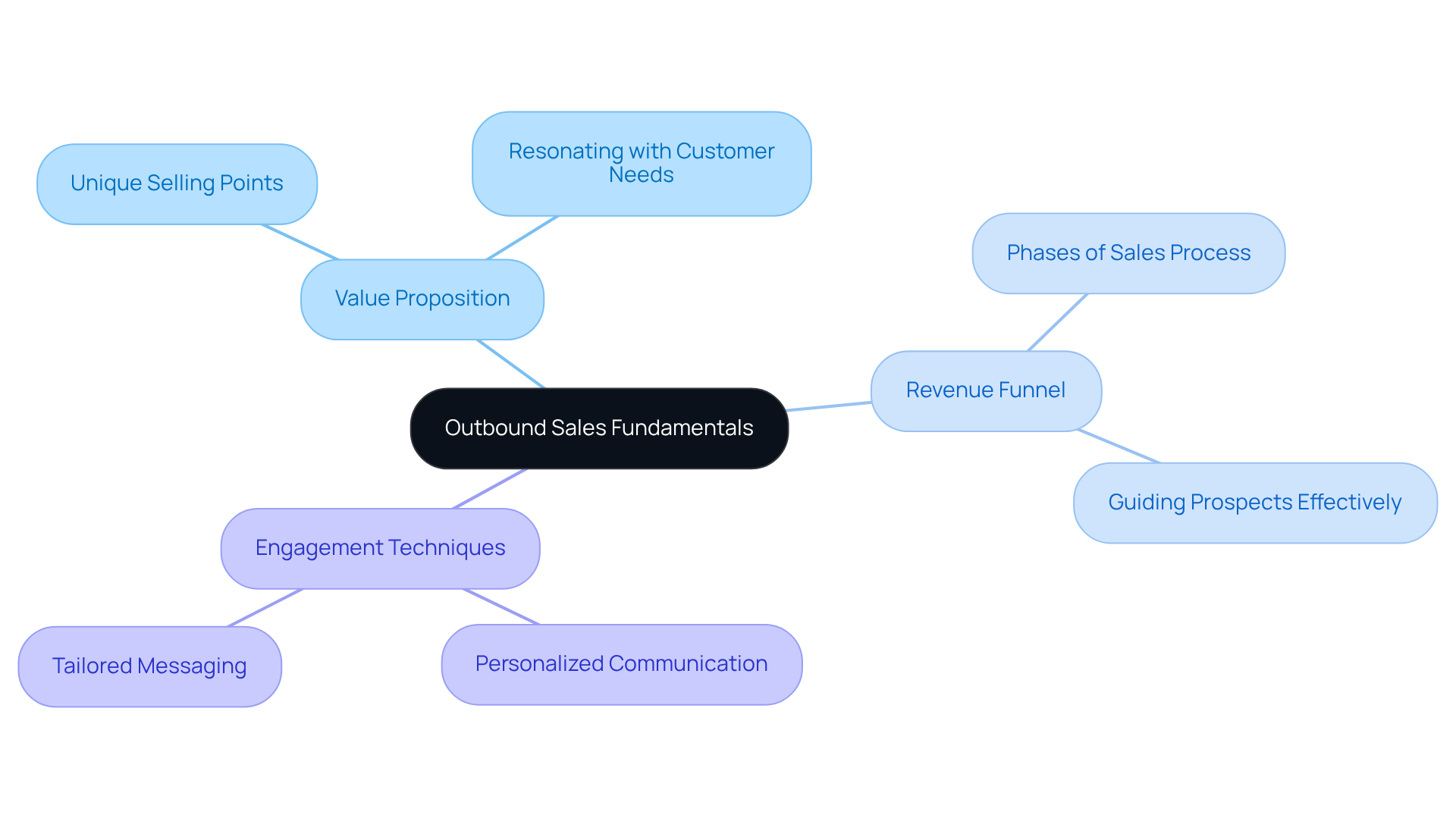
Identify Common Outbound Sales Challenges
can present several common challenges that many small business owners face. Understanding these hurdles is the first step toward overcoming them and achieving success together.
- Rejection: Experiencing frequent rejection can be disheartening. It’s important to develop resilience and maintain a positive mindset, reminding yourself that each 'no' brings you closer to a 'yes.' How can you shift your perspective to view rejection as a learning opportunity?
- : Not all leads are created equal, and focusing on high-quality prospects is essential. Identifying those who are genuinely interested in your offerings can make a significant difference in your outreach efforts. Have you considered refining your criteria for what constitutes a quality lead?
- : Balancing outreach with other business responsibilities can indeed be challenging. Prioritizing tasks effectively is key to ensuring that your do not fall by the wayside. What strategies can you implement to better manage your time?
- Message Fatigue: Prospects may become desensitized to generic messages, leading to disengagement. Personalization is crucial in capturing their attention and fostering meaningful connections. How can you tailor your messages to resonate more with your audience?
By recognizing these challenges and reflecting on your approach, you can proactively develop strategies that mitigate their impact on your sales efforts. Together, we can navigate these obstacles and enhance your sales success.
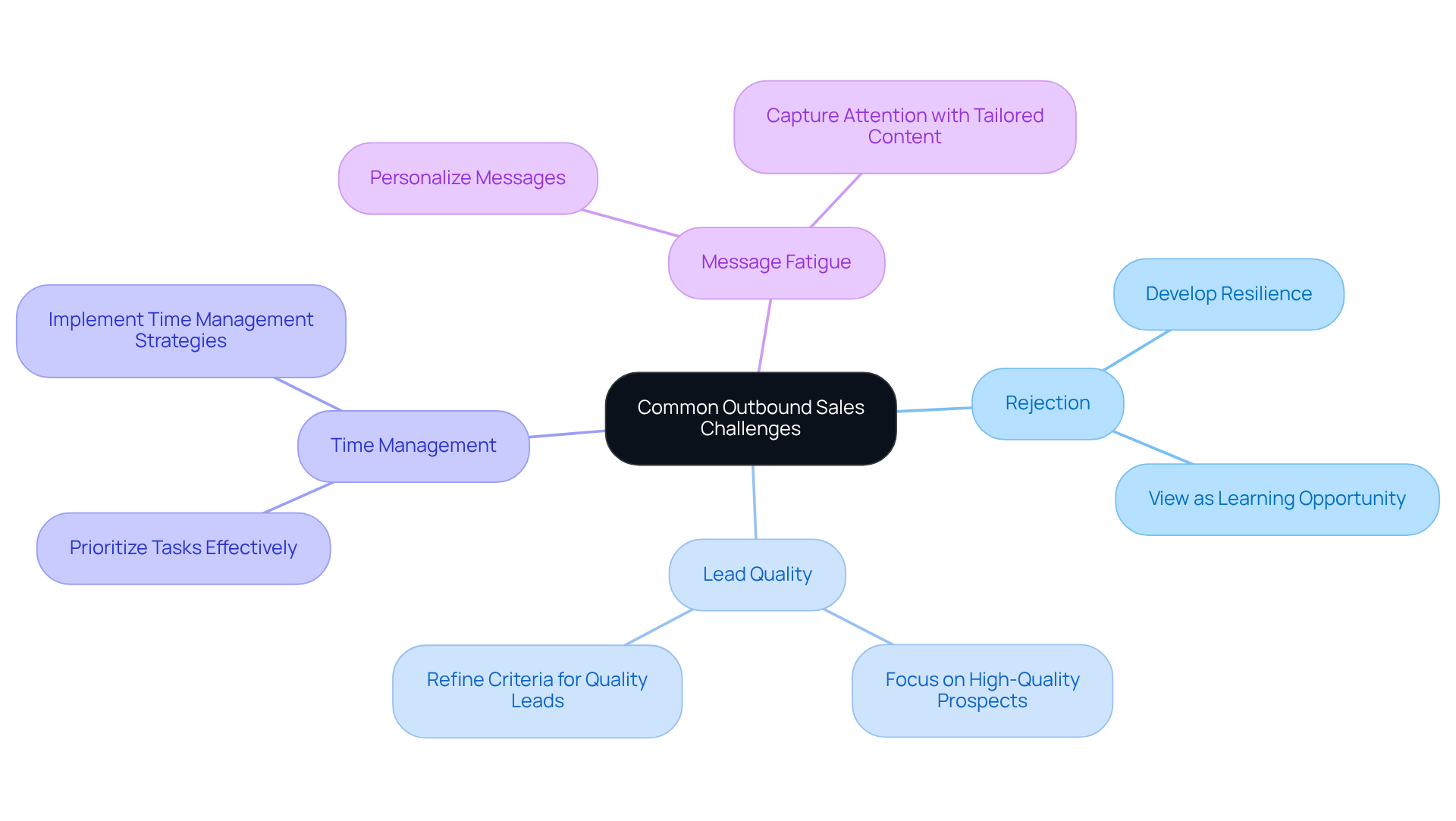
Define Your Target Customer Profiles
To define your , let’s walk through some thoughtful steps together:
- Demographics: Start by identifying the age, gender, income level, and location of your ideal customers. Understanding who they are is the first step in connecting with them.
- Psychographics: Dive deeper into their interests, values, and lifestyle choices. This insight helps you relate to their experiences and aspirations.
- : What difficulties do your intended audience face? Recognizing these challenges allows you to position your product or service as a valuable solution.
- : Take a moment to analyze how your target customers make purchasing decisions. Understanding their thought process can guide your approach effectively.
Creating detailed profiles not only enhances your understanding but also empowers you to and engagement efforts in a way that truly resonates with your audience. Together, we can navigate these insights to foster .
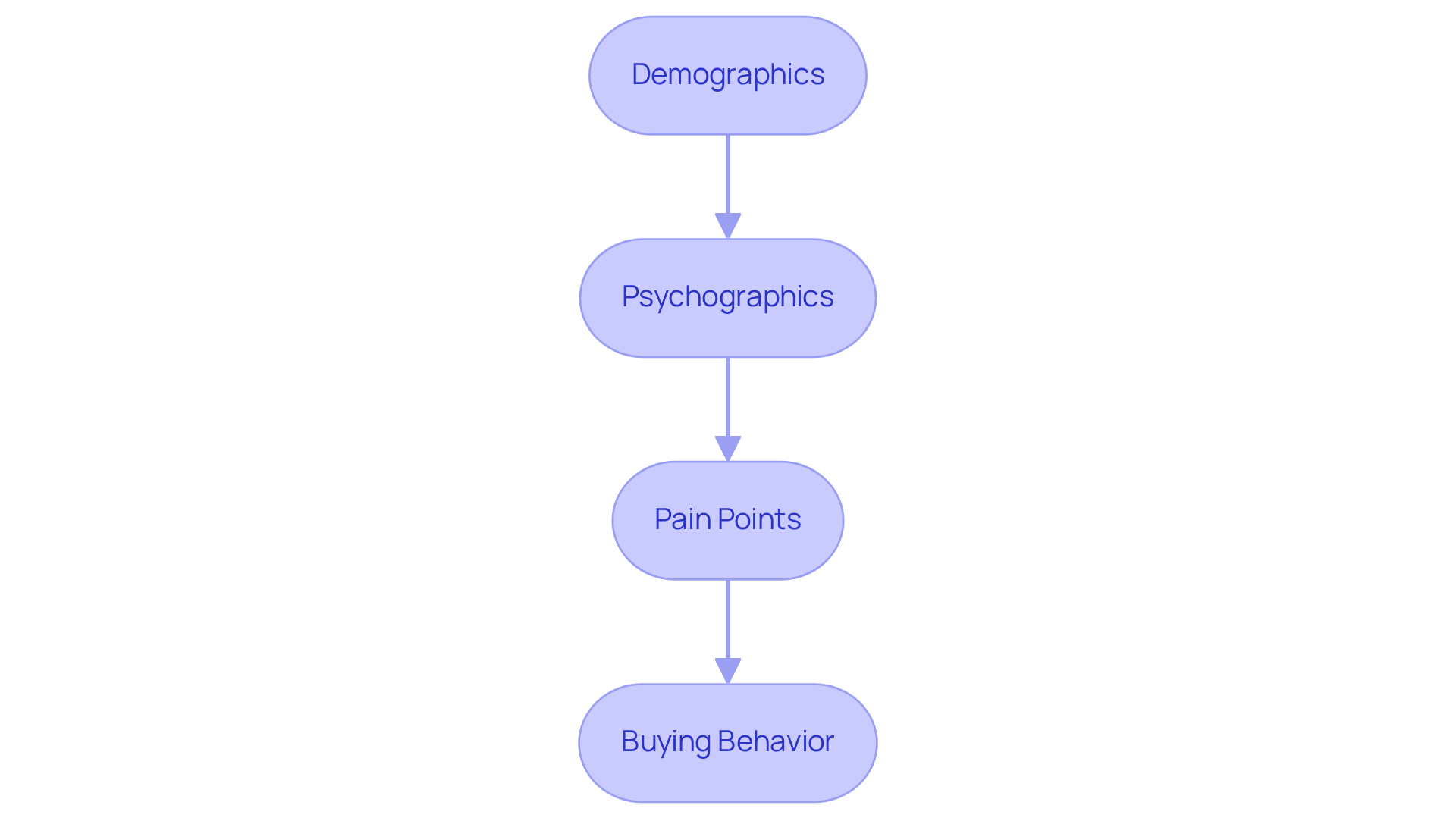
Create Tailored Outreach Plans
To create , let’s explore a few important steps together:
- Research: Begin by gathering information about your . This helps you personalize your approach, making your outreach more meaningful.
- Messaging: Develop messages that are . Address the needs and pain points of your audience, showing that you truly understand their challenges.
- Channels: Choose the right channels for communication. Whether it’s email, phone calls, or social media, consider where your audience feels most .
- Follow-Up Strategy: Plan how and when to . This is crucial for —do so in a way that feels supportive rather than intrusive.
By , you can significantly with potential clients using an . Remember, together we can achieve success by fostering .
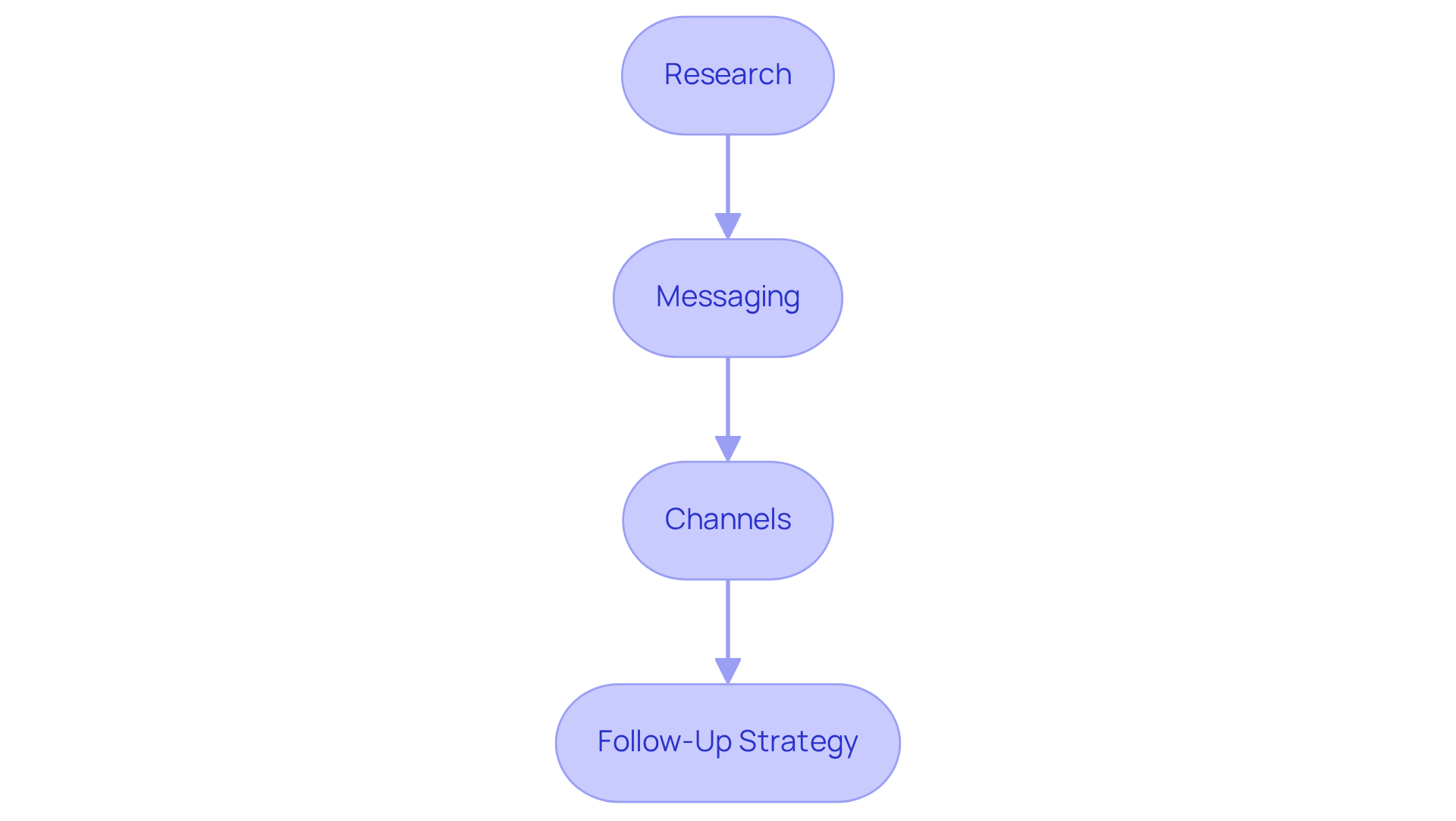
Leverage Technology for Automation and Insights
To effectively leverage technology in your , let’s explore some supportive steps that can truly make a difference:
- Choose the Right Tools: Start by identifying that resonate with your business goals, such as CRM systems or email marketing platforms. For instance, platforms like offer tailored solutions for small enterprises, making more efficient through . With Wayy.ai, you can each month, all for a reasonable price of just $99 per month.
- Automate Outreach: Consider implementing automation to schedule emails and follow-ups. This allows your team to focus on higher-value tasks within your , saving precious time while ensuring consistent communication with potential clients. Many small business owners face challenges with , and automation can help alleviate that stress.
- : It's essential to utilize analytics to track key engagement metrics, such as open rates, response rates, and conversion rates. This data provides valuable insights into the effectiveness of your outreach efforts and helps identify areas for improvement. For example, Wayy.ai's platform offers daily email updates with key metrics, like the number of leads reached, .
- Adjust your outbound sales strategy as you gather insights from analytics, continuously refining your engagement strategies. Adapting your approach can lead to enhanced engagement and increased conversion rates. The case study on Wayy.ai showcases how automation can significantly boost revenue pipelines and outreach effectiveness.
Incorporating technology into your selling process not only enhances efficiency but also equips you with valuable insights to drive performance and achieve your objectives. Together, we can navigate these challenges and find the right solutions for your business.
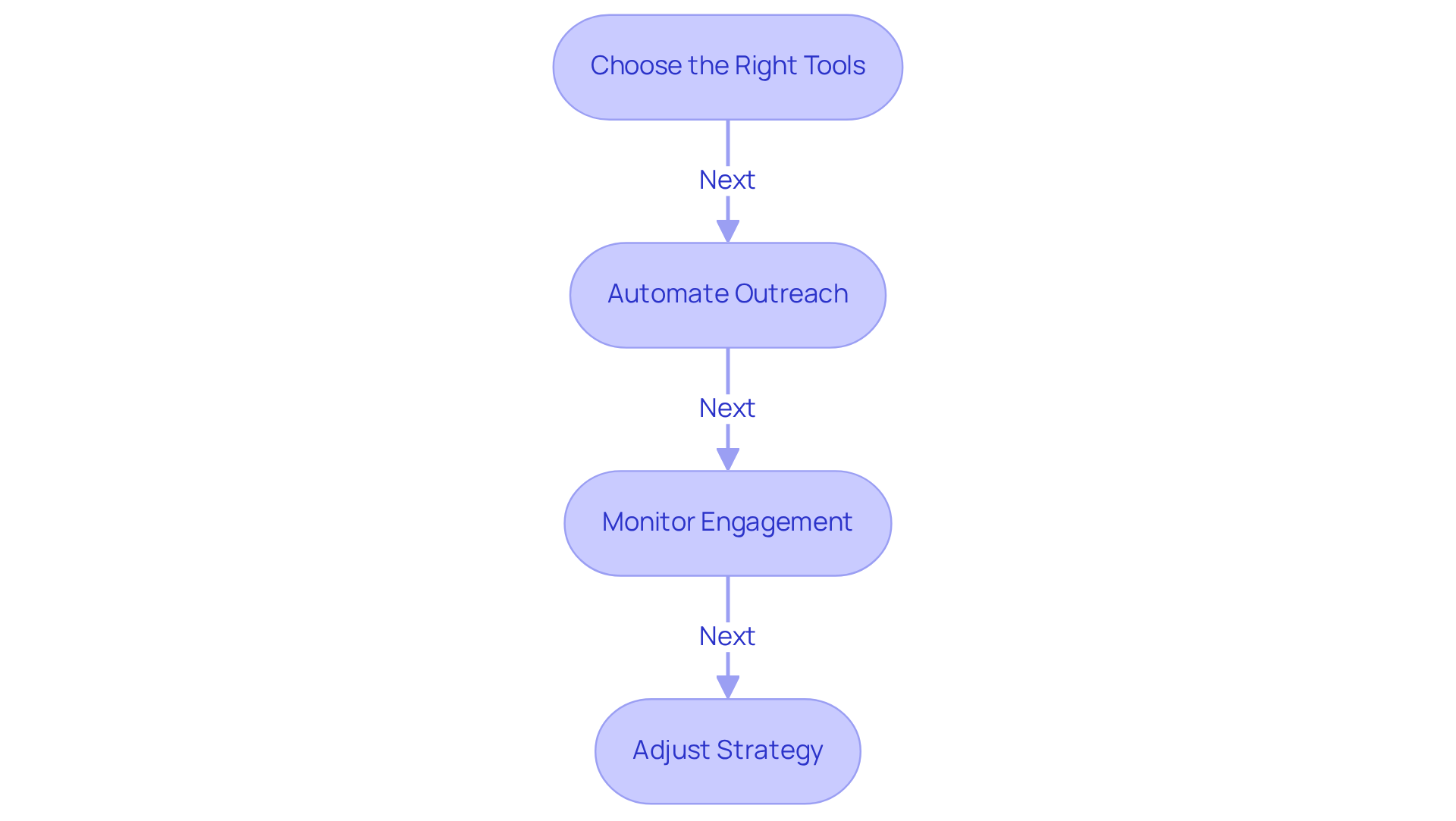
Monitor and Analyze Sales Performance Metrics
To effectively , it’s essential to approach this process with care and understanding.
- Identify Key Metrics: Consider focusing on like conversion rates, lead response times, and . These indicators can provide clarity on your performance and highlight areas for improvement.
- Set Benchmarks: Establishing benchmarks for each metric allows you to measure your performance meaningfully. By knowing where you stand, you can better understand your progress and challenges.
- Regular Reviews: Scheduling of your revenue data is crucial. This practice helps you identify trends and areas for enhancement, ensuring you stay informed about your business’s health.
- : Adjust your outbound sales strategy by using the from your analysis to thoughtfully modify your outreach tactics and strategies. Remember, it’s about finding what works best for you and your customers.
By consistently monitoring your , you empower yourself to make informed decisions that drive better results. Together, we can navigate these challenges and celebrate your successes.
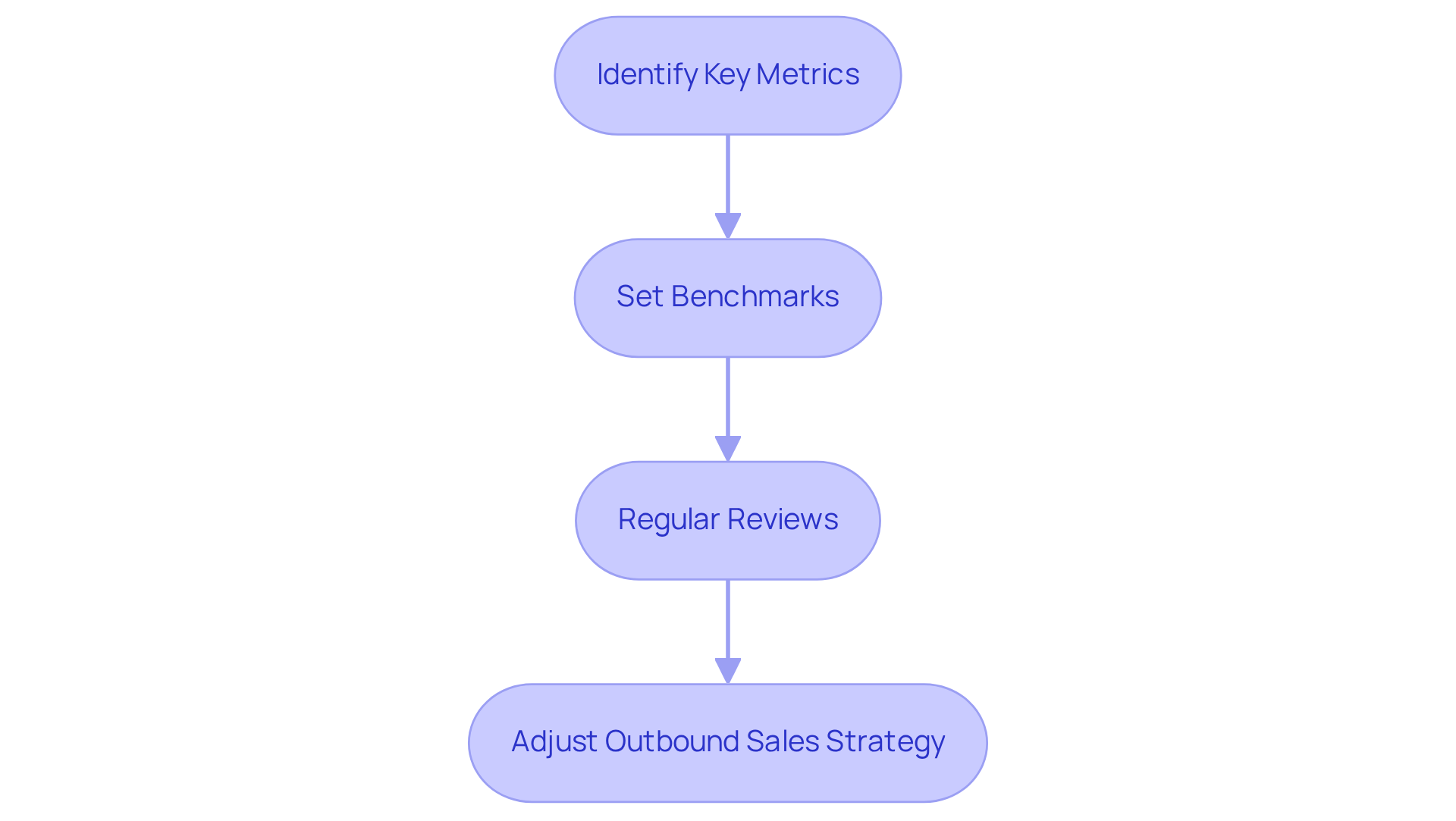
Conclusion
An effective outbound sales strategy is rooted in a deep understanding of its fundamentals, the capacity to recognize and navigate common challenges, and the development of customized outreach plans. By mastering these components, we can actively reach out to potential clients and cultivate meaningful connections that lead to success.
Key insights throughout this article highlight the significance of:
- A clear value proposition
- The ability to identify high-quality leads
- The importance of personalizing communication
- The power of leveraging technology for automation and performance analysis
Each of these elements plays a vital role in enhancing the effectiveness of outbound sales efforts, ultimately resulting in improved engagement and conversion rates.
As we reflect on these strategies, we encourage businesses to adopt a proactive approach to their outbound sales initiatives. By continuously refining tactics and utilizing the right tools, organizations can not only navigate the complexities of outbound sales but also position themselves for long-term growth and success in an ever-evolving market. Taking action today can pave the way for a more robust sales pipeline tomorrow. Together, we can achieve success and turn challenges into opportunities.
Frequently Asked Questions
What is outbound sales?
Outbound sales involve actively reaching out to prospective clients through methods such as cold calling, emailing, and networking, rather than waiting for them to come to you.
What is a value proposition in outbound sales?
A value proposition is a clear articulation of what makes your product or service unique and beneficial to customers, expressed in a way that resonates with their needs.
Why is understanding the revenue funnel important?
Understanding the revenue funnel, which includes the phases from awareness to decision-making, helps you guide your prospects more effectively through the sales process.
How can engagement techniques improve outbound sales?
Engagement techniques, such as personalized communication, can significantly enhance your outreach by addressing the specific concerns and interests of your prospects.
What are some common challenges in outbound sales?
Common challenges include rejection, lead quality, time management, and message fatigue.
How should one handle rejection in outbound sales?
Developing resilience and maintaining a positive mindset is crucial. Viewing rejection as a learning opportunity can help you stay motivated.
Why is lead quality important in outbound sales?
Focusing on high-quality leads, or those genuinely interested in your offerings, can significantly improve the effectiveness of your outreach efforts.
What strategies can help with time management in outbound sales?
Prioritizing tasks effectively is key to balancing outreach with other business responsibilities, ensuring that your sales efforts remain consistent.
What is message fatigue and how can it be addressed?
Message fatigue occurs when prospects become desensitized to generic messages. Personalization is essential to capture their attention and foster meaningful connections.




